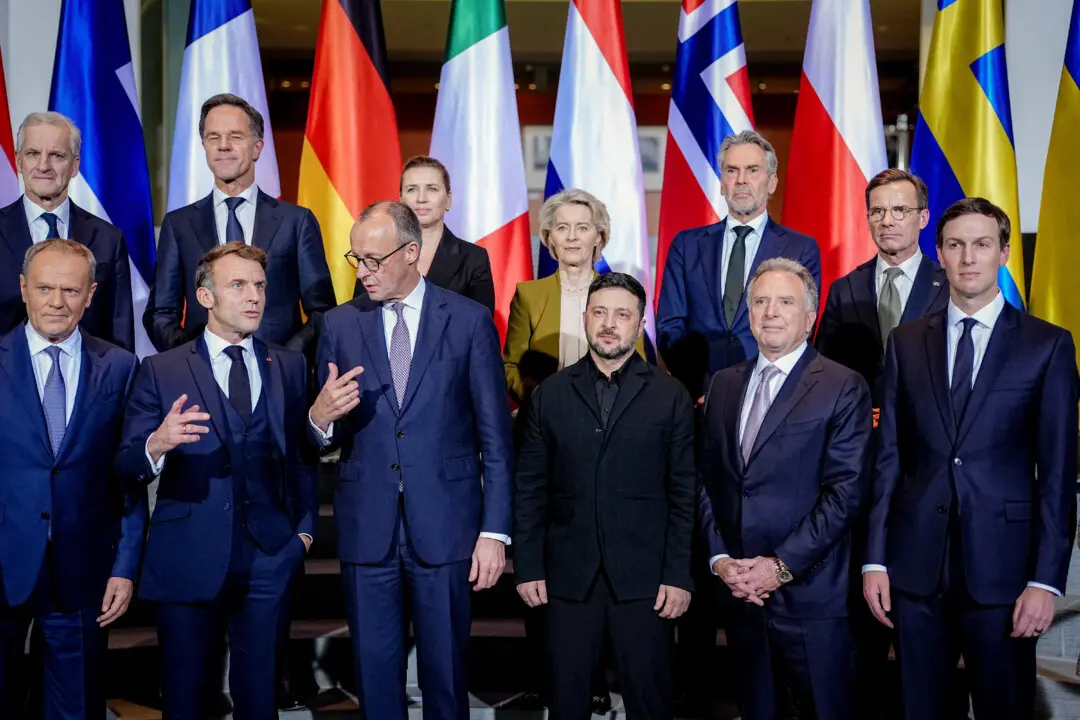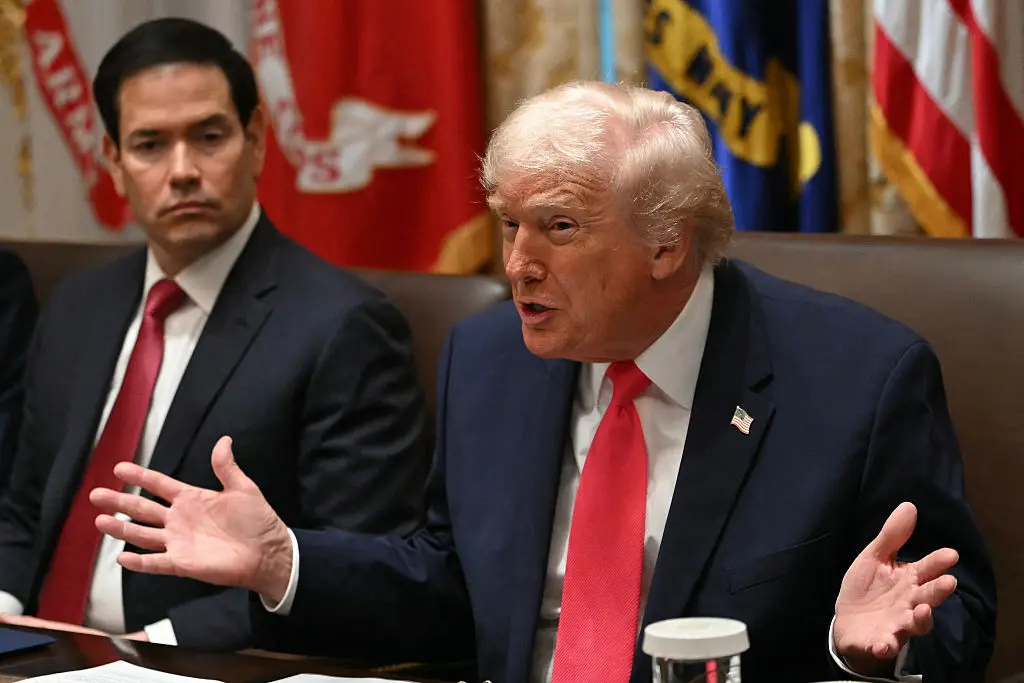WASHINGTON—The United States and the European Union are “still continuing with negotiations on all levels,” but there is a lack of clarity surrounding the future of a U.S.–EU trade deal.
The United States and the EU declared a “new phase” in relations in July and agreed “to work together towards zero tariffs, zero nontariff barriers, and zero subsidies on non-auto industrial goods.”





